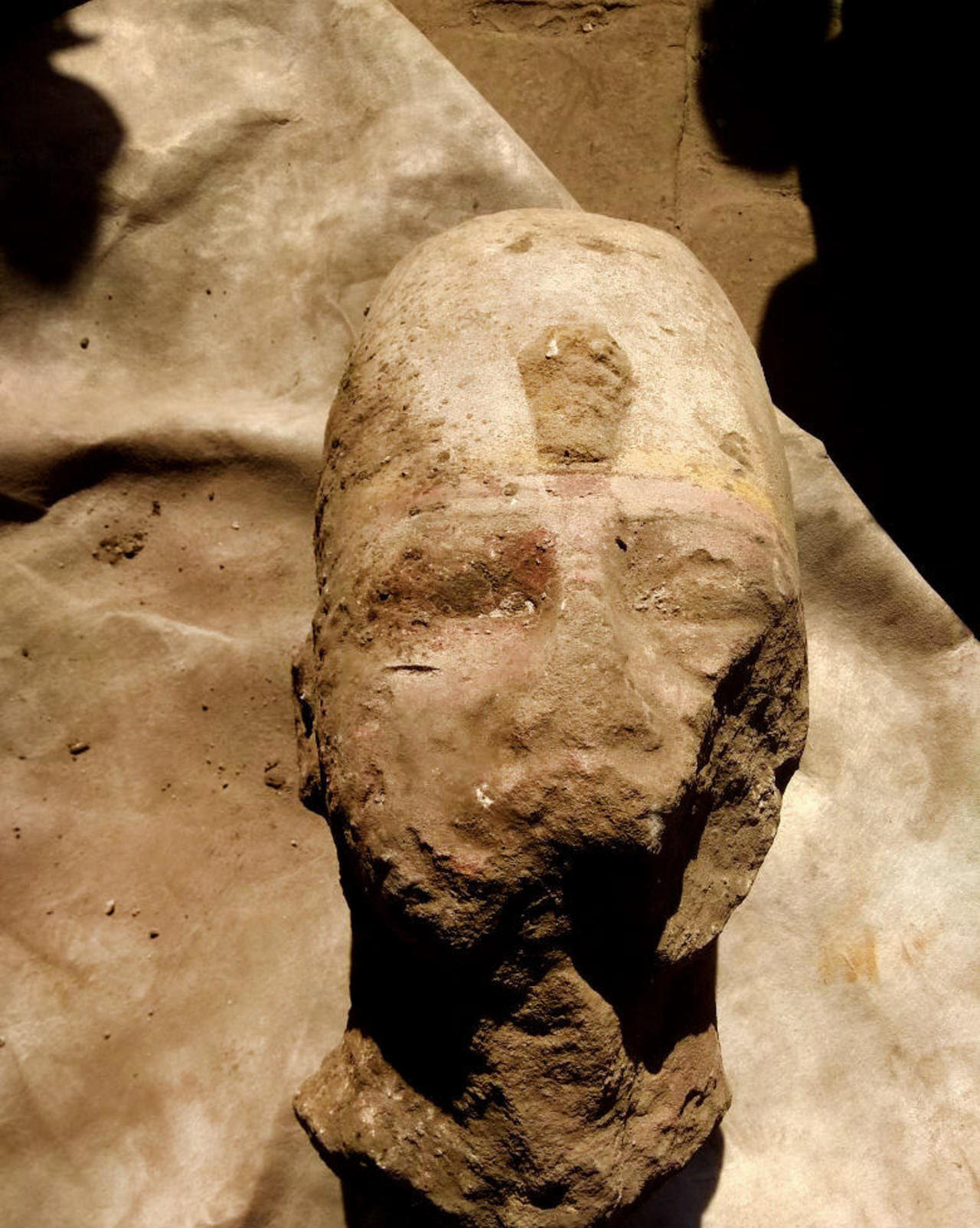Archaeologists uncovering parts of a statue depicting the legendary Pharaoh Ramses II. The discovery, announced by the Antiquities Ministry on Tuesday, took place in the southern city of Aswan, at the Temple of Kom Ombo.
The unearthed fragments comprise the head and chest of the revered pharaoh, a figure central to Egyptian history. Ramses II, also known as Ramses the Great, reigned from 1279 B.C. to 1213 B.C. His era witnessed a significant expansion of Egyptian territory, stretching as far east as modern-day Syria and south to Sudan.
The Ministry highlighted that this discovery is part of a larger project aimed at safeguarding the Temple of Kom Ombo from the detrimental effects of groundwater. This proactive approach to protecting historical sites not only preserves the past but can also lead to exciting revelations, as evidenced by the Ramses II statue fragments.
The unearthing of these fragments comes at a crucial time for Egypt’s tourism industry, which has faced significant challenges in recent years. The hope is that this discovery, along with other recent archaeological finds, will reignite global interest in Egypt’s ancient treasures and revitalize the tourism sector.
Tourists from around the world flock to Egypt to marvel at its awe-inspiring pyramids, majestic temples, and captivating relics. The prospect of witnessing newly unearthed artifacts associated with a legendary pharaoh like Ramses II has the potential to be a significant draw, boosting tourism and its associated economic benefits.
The Ministry has not yet disclosed details about the statue’s original size or its intended location within the temple complex. Further investigation and restoration efforts are likely to shed light on these aspects. However, the mere presence of these fragments adds another layer of intrigue to the Temple of Kom Ombo and serves as a reminder of the enduring legacy of Ramses II.
